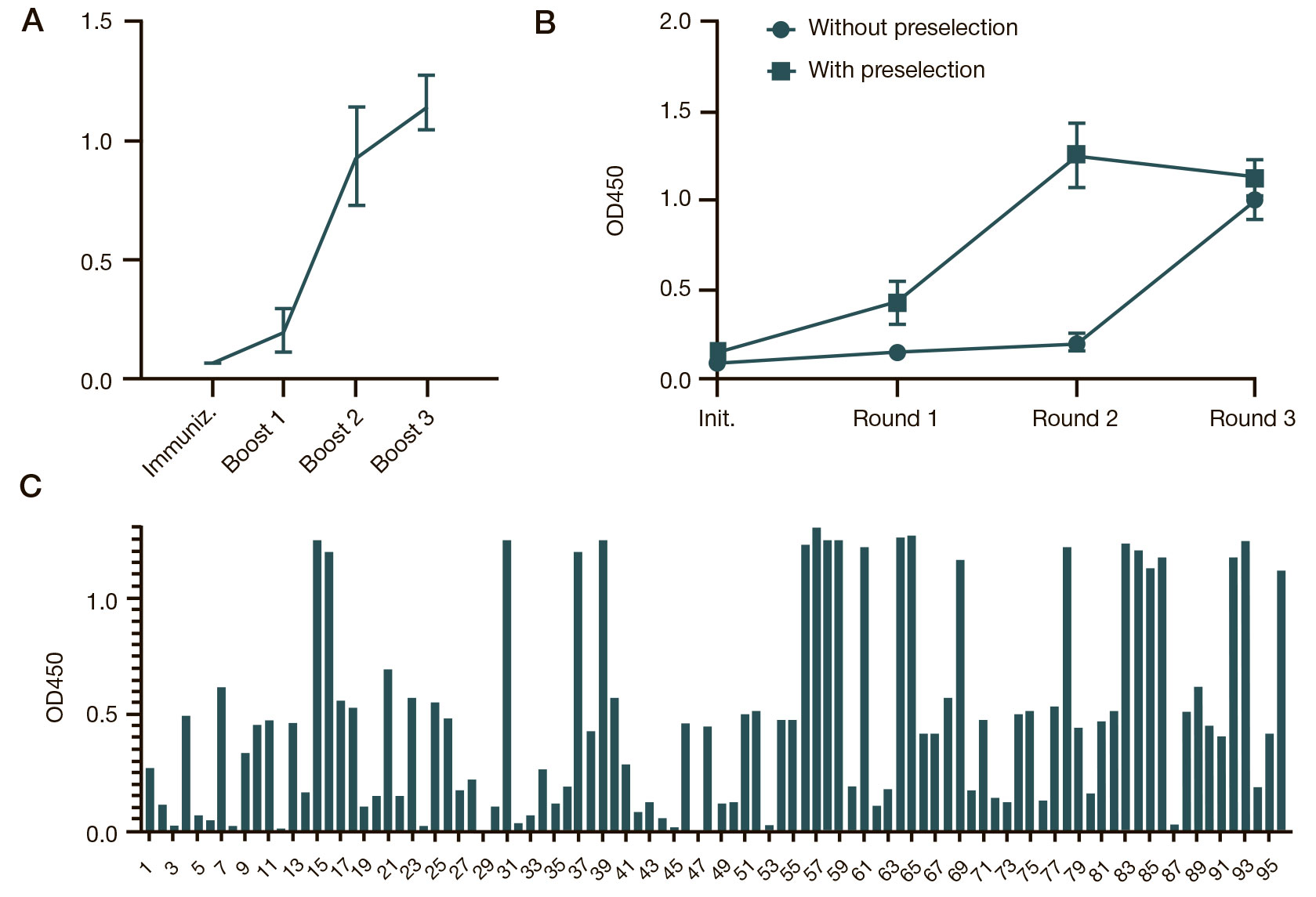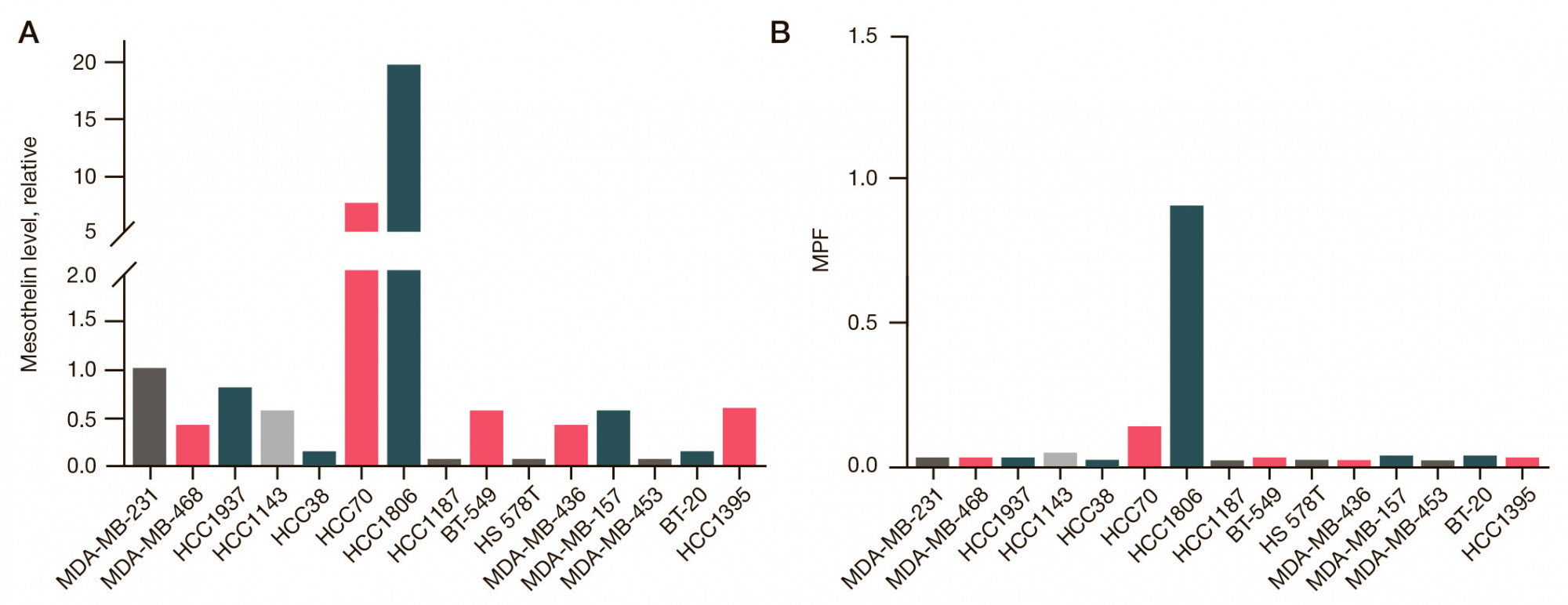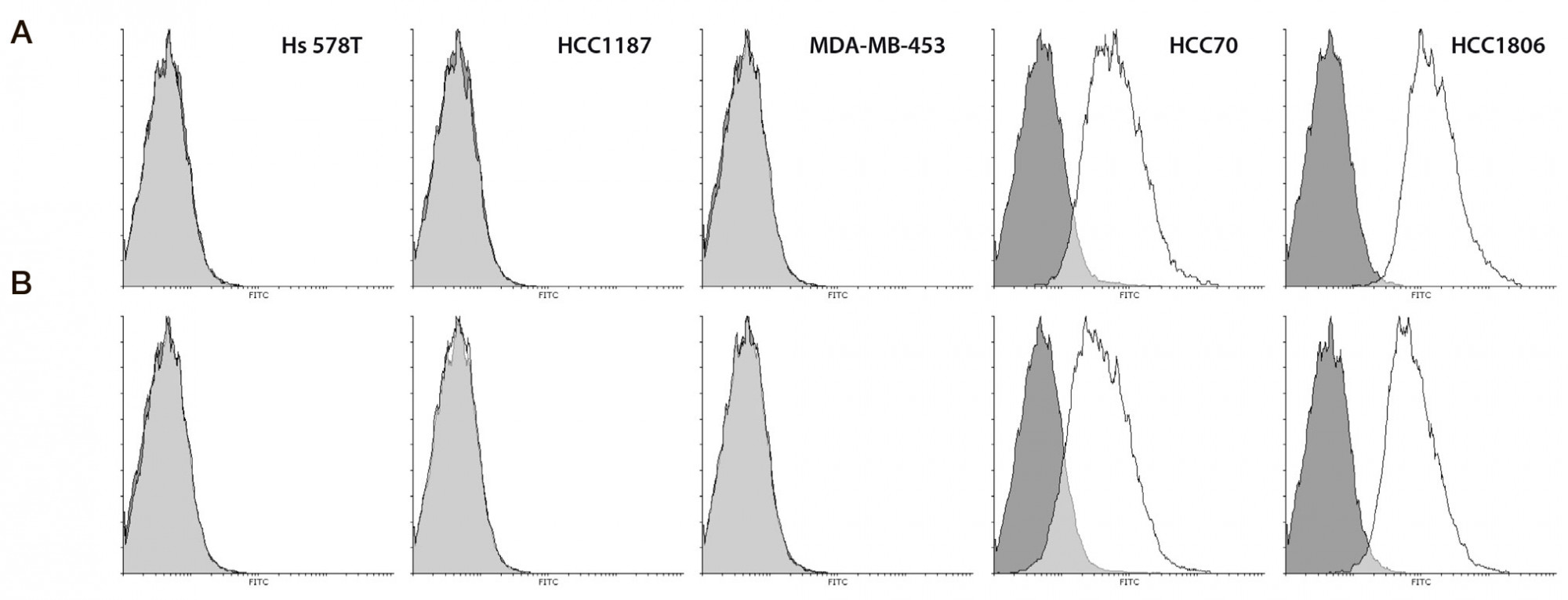
This article is an open access article distributed under the terms and conditions of the Creative Commons Attribution license (CC BY).
ORIGINAL RESEARCH
New anti-mesothelin single-domain antibodies and cell models for developing targeted breast cancer therapy
Shemyakin and Ovchinnikov Institute of Bioorganic Chemistry, Moscow, Russia
Correspondence should be addressed: Stepan P. Chumakov
Miklouho-Maclaya, 16/10, Moscow, 117997; moc.liamg@lukhtah
Funding: the study was supported by the Russian Ministry of Education and Science (Project ID RFMEFI60418X0205).
Compliance with ethical standards: the study was conducted in compliance with the guidelines of the Association for Assessment and Accreditation of Laboratory Animal Care International and the Directive 86/609/EEC dated November 24, 1986.
Author contribution: Kravchenko JE — cell culture, real-time PCR and ELISA; Chumakov SP — preparation of immune libraries, protein purification, flow cytometry, manuscript preparation; Frolova EI — study design, immunization and blood collection, primary cultures, manuscript preparation.



